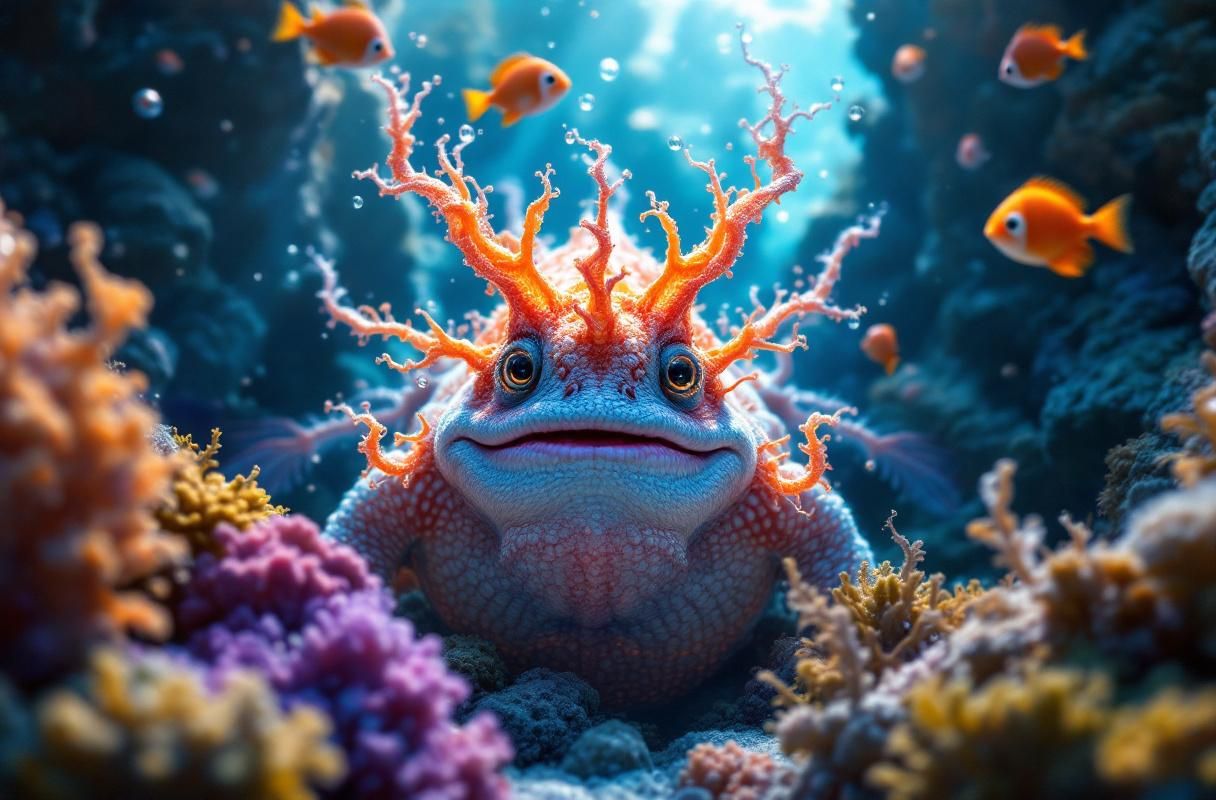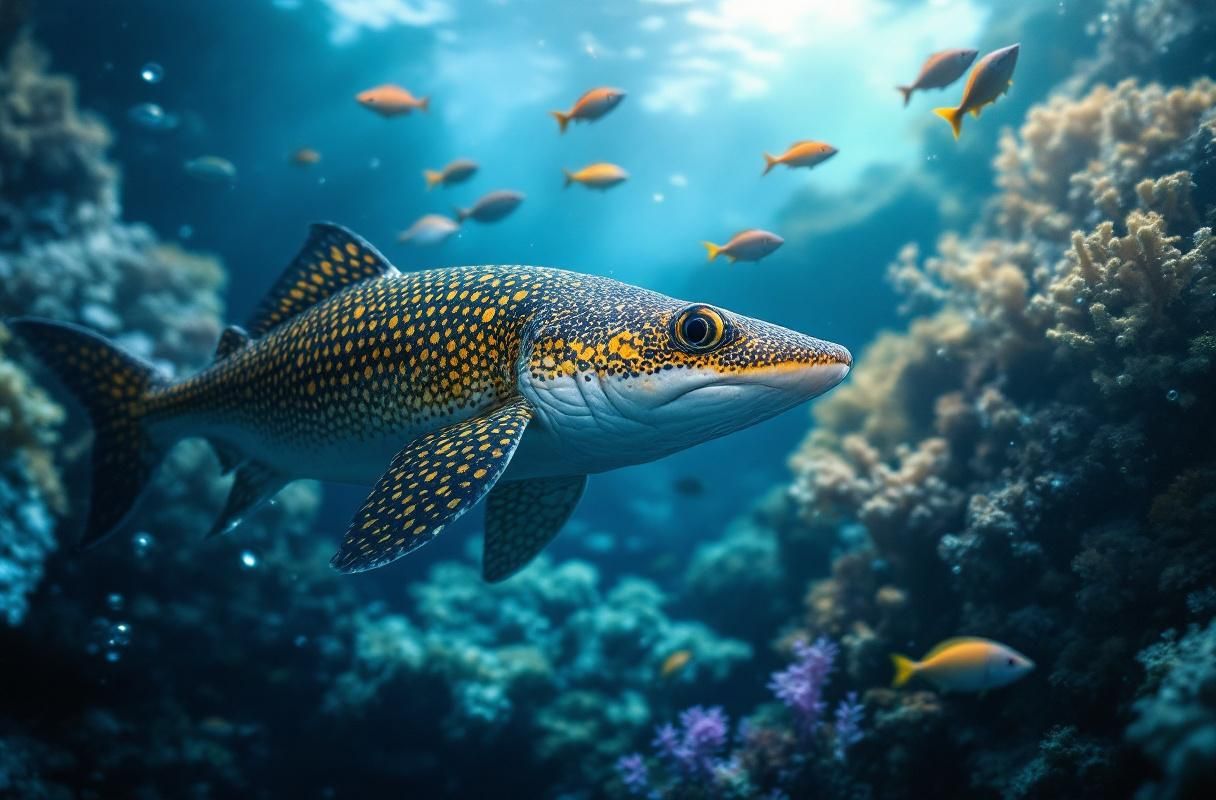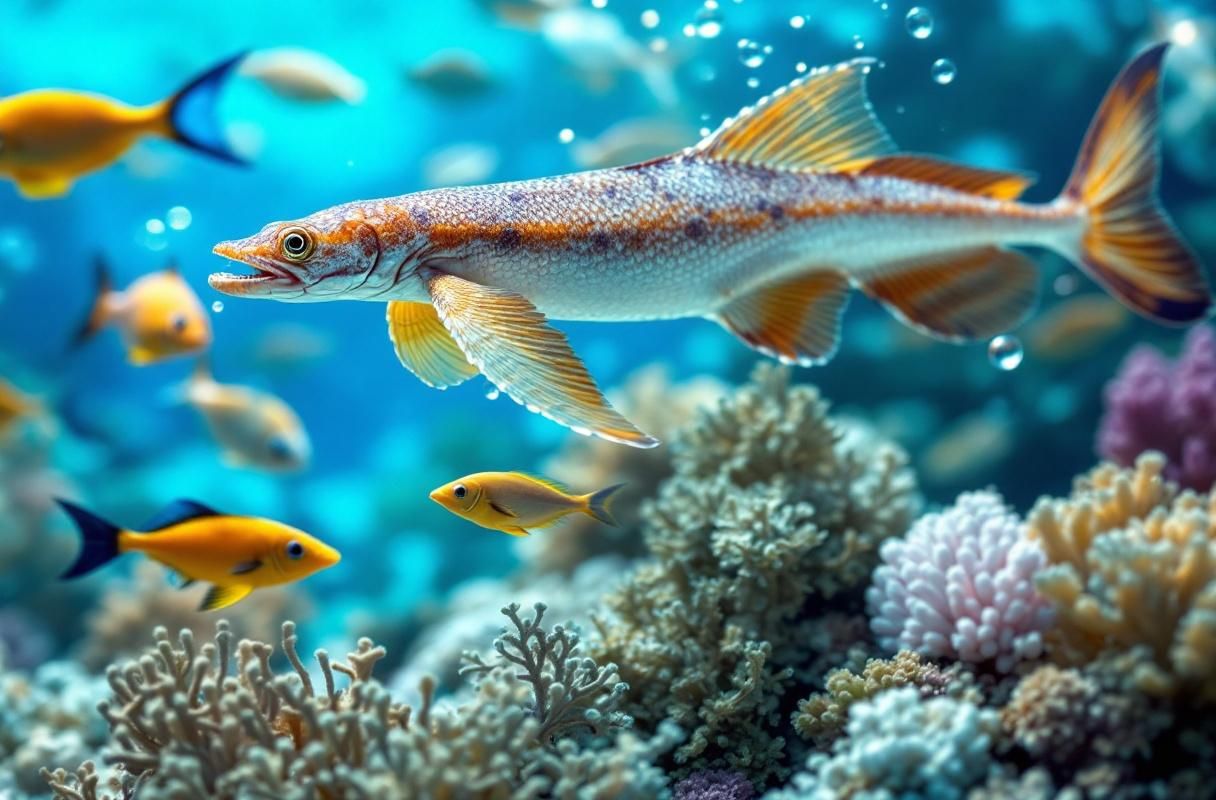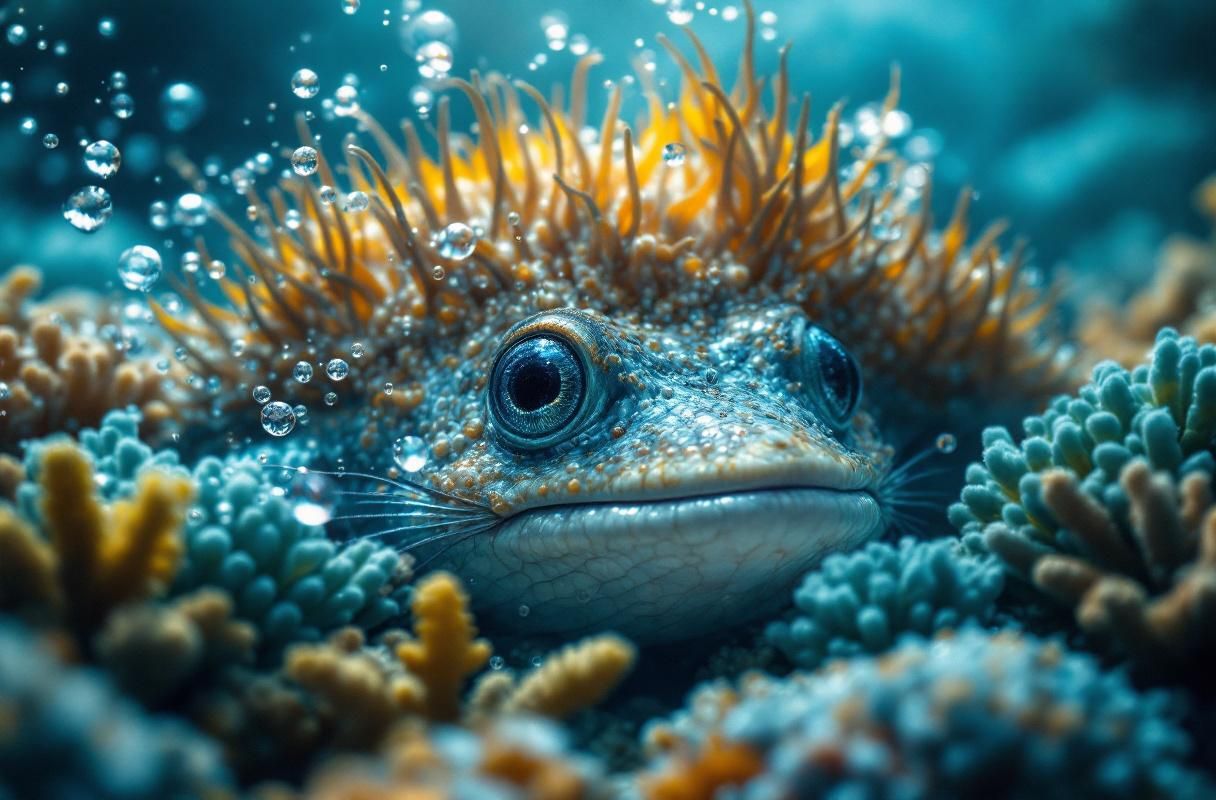
The ocean, covering over 70% of our planet, is home to a staggering array of life, each uniquely adapted to its environment. From the sunlit surface waters to the pitch-black depths of the abyss, marine animals exhibit remarkable traits that allow them to thrive in some of the most extreme conditions on Earth. This article delves into how sea creatures manage to survive and flourish in these challenging environments, showcasing their incredible adaptations and the obstacles they face.

The ocean is divided into several distinct zones, each characterized by unique environmental conditions. These zones include the intertidal zone, pelagic zone, abyssal zone, and the benthic zone, among others. Each habitat presents specific challenges, from varying temperatures and pressures to the availability of food and light.
The intertidal zone, for example, experiences fluctuations in water levels and exposure to air, making it crucial for marine animals to have adaptations that allow them to withstand both aquatic and terrestrial conditions. In contrast, the abyssal zone is a dark, cold environment where pressure can exceed 8 tons per square inch. Here, sea creatures have evolved to survive without sunlight, relying on chemosynthesis and unique feeding strategies.
Key characteristics of these extreme environments include temperature gradients, salinity variations, and the presence of unique geological formations like hydrothermal vents. These factors shape the biodiversity found in each zone and influence the adaptations necessary for survival. Understanding these diverse sea creature habitats is essential for appreciating the complexity of marine life and the interactions that sustain ocean ecosystems.

Marine animals have developed various physiological and behavioral adaptations to thrive in their specific environments. One fascinating adaptation is bioluminescence, a phenomenon where certain species can produce light through chemical reactions in their bodies. This ability serves multiple purposes: attracting mates, deterring predators, and luring prey. Species like the anglerfish and jellyfish utilize bioluminescence effectively, showcasing nature's ingenuity in adaptation.
Behavioral adaptations are equally important. Many marine animals, such as sea turtles and certain fish species, exhibit migration patterns that allow them to find food and reproduce effectively. For instance, the Pacific salmon migrates thousands of miles from the ocean back to freshwater streams to spawn, navigating using their keen sense of smell. Such behaviors are crucial for ensuring the survival of species in response to environmental challenges.
These unique physiological features of sea creatures highlight the evolutionary processes that enable marine life to adapt to their surroundings. By understanding these adaptations, we gain insights into the resilience of ocean biodiversity and the intricate balance of aquatic ecosystems.

In the harsh realities of the ocean, sea creatures employ various survival techniques to find food and reproduce successfully. For instance, deep sea creatures have adapted to their environment by developing specialized feeding strategies. Many species, such as the vampire squid, utilize a unique feeding method known as "detritivory," where they consume organic material that sinks to the ocean floor. This adaptation is vital in a nutrient-scarce environment where food sources are limited.
Reproductive strategies also play a critical role in species survival. Some marine animals, like the clownfish, engage in symbiotic relationships with sea anemones, providing protection for both species. Others, such as certain species of sharks, exhibit a form of asexual reproduction known as parthenogenesis, allowing females to reproduce without males when necessary. These diverse survival techniques illustrate the resourcefulness of sea creatures in overcoming the challenges posed by their environments.
Understanding the survival techniques of deep sea creatures not only enhances our knowledge of marine life but also emphasizes the importance of preserving these unique ecosystems. As we learn more about these adaptations, we can better appreciate the complexities of ocean life and the interconnectedness of species within these environments.
Climate change poses significant threats to ocean biodiversity, impacting marine ecosystems in profound ways. Rising temperatures lead to coral bleaching, a phenomenon that affects coral reef inhabitants and disrupts the delicate balance of these ecosystems. When water temperatures exceed certain thresholds, corals expel the symbiotic algae living within them, leading to a loss of color and essential nutrients. This process not only endangers the corals but also the myriad species that depend on them for food and habitat.
Additionally, ocean acidification, a result of increased carbon dioxide levels, poses another challenge for marine life. This phenomenon affects the ability of marine animals, particularly shellfish and coral, to form and maintain their calcium carbonate structures. As the ocean becomes more acidic, the survival of these organisms is jeopardized, leading to cascading effects on ocean biodiversity.
The future of marine life in changing ocean conditions is uncertain, making it imperative for conservation efforts to focus on mitigating climate change impacts. Protecting marine habitats and promoting sustainable practices are essential for ensuring the resilience of ocean ecosystems and their inhabitants.
As you explore the fascinating world of sea creatures and their adaptations, consider how these remarkable animals inspire curiosity and wonder about our planet. At Banana Slug Club, we believe in fostering a love for nature and science among nature enthusiasts, students, and young learners. Our commitment to marine conservation and education empowers individuals to connect with the intricate ecosystems that thrive beneath the waves.
If you are excited about the incredible adaptations of sea creatures and want to dive deeper into the wonders of nature, Banana Slug Club is here to help. Our services offer engaging resources and activities that encourage exploration and understanding of marine life. Visit our website or contact us for more information about how you can join us in celebrating the incredible biodiversity of our oceans and learn more about the amazing sea creatures that inhabit them.
Get free resources, early access to new features and updates.
No spam. Just fun educational emails!